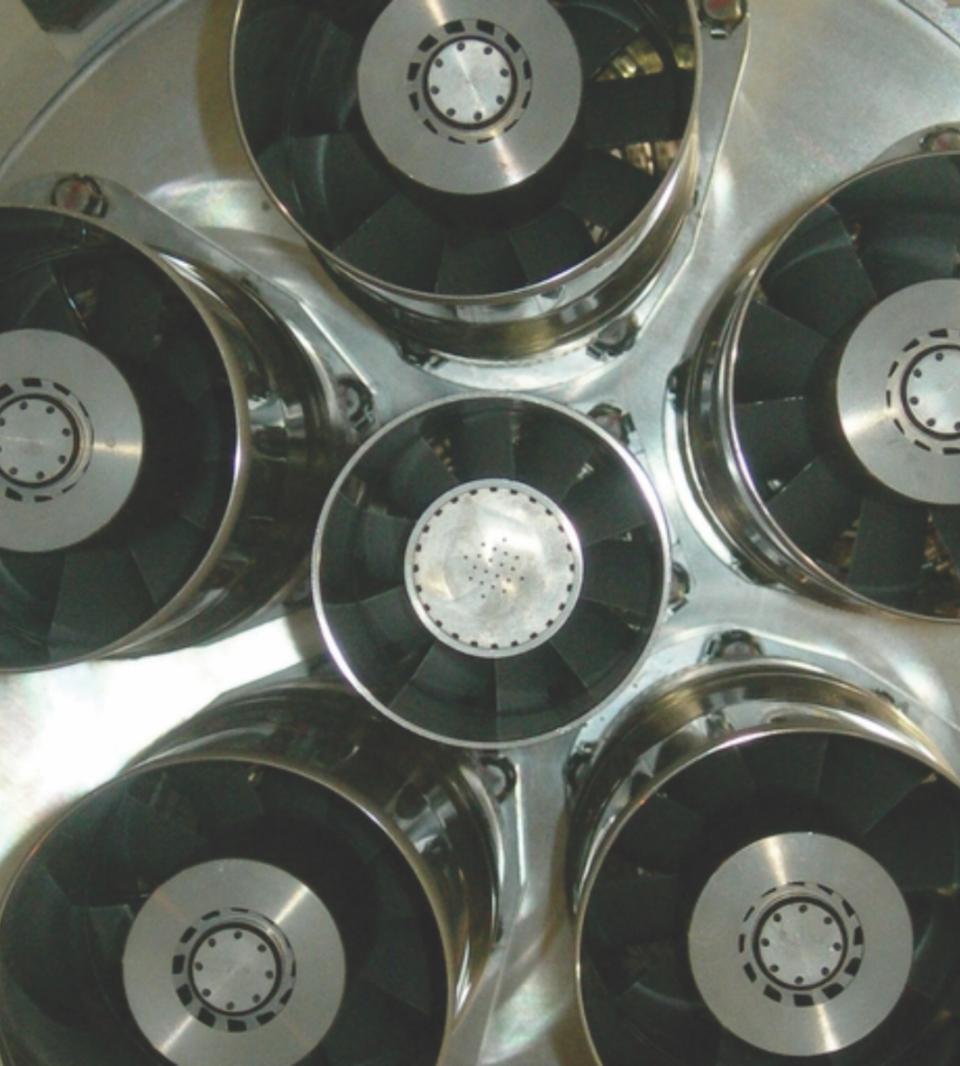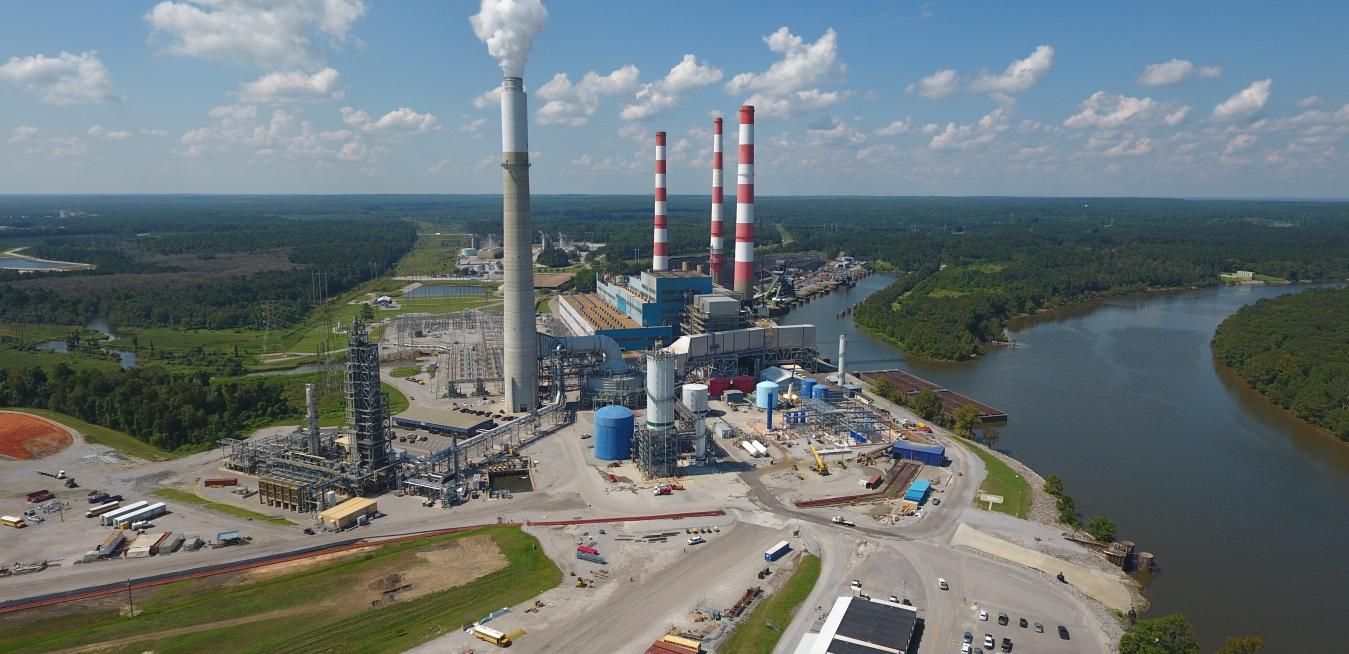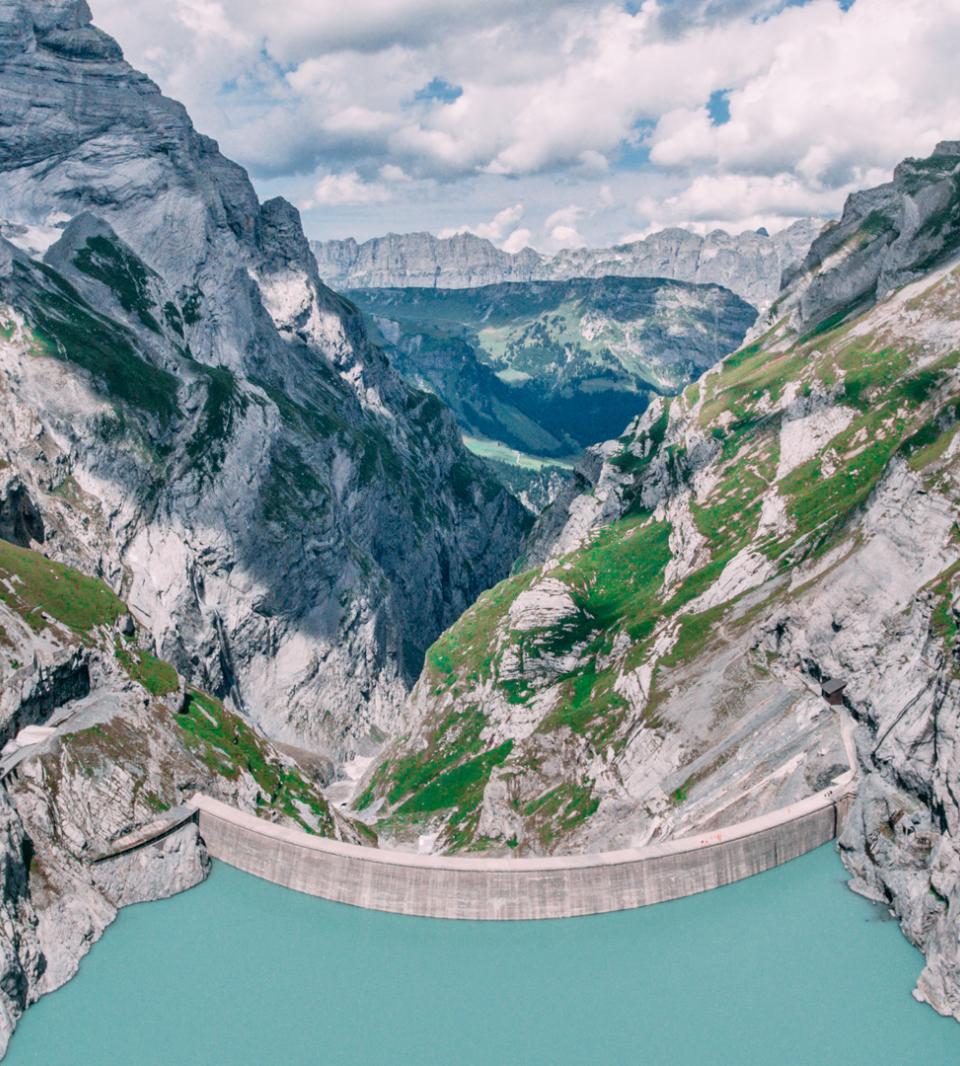Natural gas seized a big growth opportunity this past decade when coal growth in power systems started to falter. Since 2011, the use of natural gas to produce electricity globally has expanded by an enormous 32%, more than twice the rate of coal growth, according to BP Statistical Review. GE’s most advanced gas turbines produce less than one-third the carbon emissions of coal-fired power plants of the same capacity.
Utilities around the world have been using turbines fueled by natural gas to generate electricity for decades. Power companies have long been drawn to their greater efficiency over earlier forms of electric generation, and their ability to power homes with fewer carbon emissions.
Driving across the eastern end of New York State, you can’t fail to notice the clusters of wind turbines that have popped up over the past decade on undulating fields and remote ridges. As in other parts of the world, these wind farms are a manifestation of America’s growing embrace of renewable energy.
It’s well accepted that natural gas power plants are an important part of the energy transition in support of more renewables being added to the grid. They can reliably generate hundreds of megawatts of baseload electricity with a relatively low carbon intensity and quickly adjust their output to match changes in demand and in supply from weather-dependent renewable sources like wind and solar farms.
GE Chief Technology Officer Vic Abate doesn’t normally play the role of tour guide, but these weren’t your usual visitors. U.S. Energy Secretary Jennifer Granholm, joined by U.S. Sen. Kirsten Gillibrand and U.S. Rep. Paul Tonko, spent a whirlwind one hour touring GE Research’s storied campus in upstate New York. “Visiting GE Research is like taking a trip into the future and being able to see firsthand what’s coming,” Abate reflected afterwards.
The enormous growth in renewable power in recent years has been helping decarbonize electricity grids around the world. But there remains a robust debate about the best way to store the energy produced by wind turbines and solar panels when demand is low, and use it when the wind doesn’t blow and the sun doesn’t shine.










